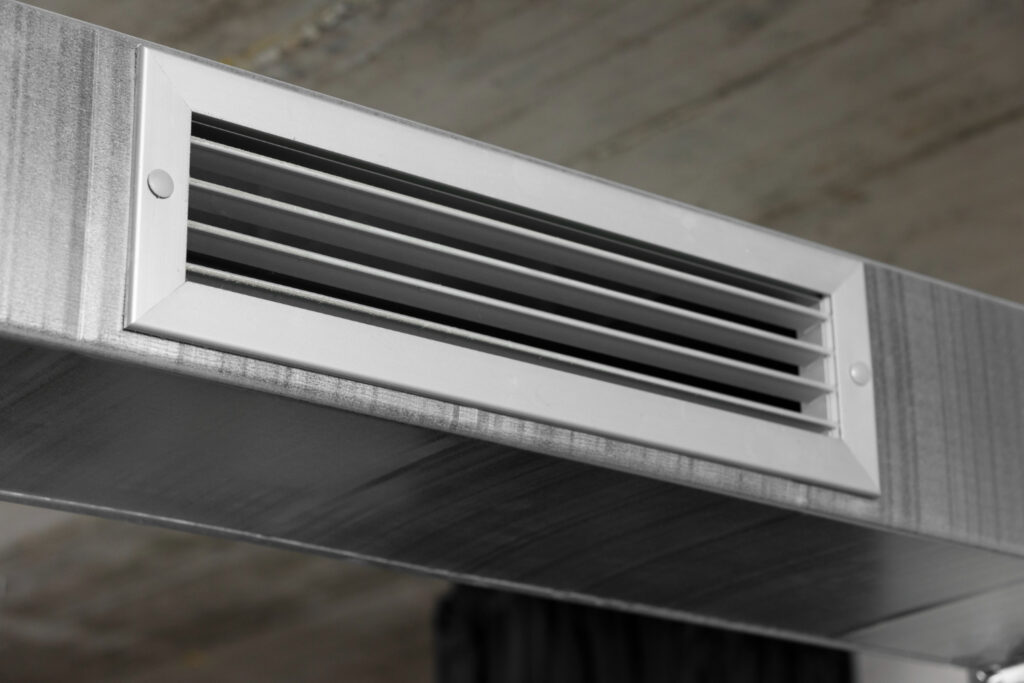Sweating air conditioning (AC) ducts can be a persistent problem, especially in regions with high humidity. You’re going about your day when suddenly you feel a drop of water on your head indoors. You look up and see it—your AC ducts, dripping water. This is what happens when ducts start sweating, causing a nuisance and possibly leading to other issues if ignored. The condensation on the surface of the ducts forms due to the warm, humid air in the house mixing with the cold air running inside the ductwork.
In humid climates, sweating ducts become more than just a small inconvenience. This environment makes AC systems work harder, sometimes resulting in increased moisture that turns into droplets on the outer surface of the ducts. This doesn’t just lead to annoying drips; it can encourage the growth of mold and mildew, potentially damaging your home. Understanding and effectively managing this issue helps to avoid bigger problems down the line. Let’s explore how to tackle sweating AC ducts and maintain a comfortable home environment.
Causes of Sweating AC Ducts
Several factors can lead to sweating AC ducts. High humidity levels are the main culprit. When air is saturated with moisture, it readily condenses when it hits a cooler surface, like the exterior of your AC ducts. To put it simply, it’s like when a cold drink leaves a wet ring on your coffee table on a hot day. The same principle applies here: the cold air running inside the duct cools the metal on the outside, and the humid air in your home hits it, leaving tiny pools of water.
Aside from humidity, other factors such as poor insulation can worsen this condition. This is because insufficient insulation allows the cold from the ducts to seep out, making condensation more likely. Furthermore, significant temperature differences between the air in your home and the duct’s air can also contribute. When a home has sharp contrasts between room temperature and the air within the ducts, the likelihood of sweating increases.
So, what can you do about it? Recognizing these causes helps to address the problems more efficiently. For instance, improving insulation or managing the humidity can reduce the instances of sweating ducts. By understanding what leads to these problems, you can take the necessary steps to fix them, preventing further issues down the road.
Immediate Steps to Take
Once you’ve identified sweating ducts in your home, it’s time to act quickly. Here’s a simple plan to get you started. First, turn off your AC unit. This step minimizes further moisture build-up and gives you a chance to examine the ducts more closely. Next, take a good look for any visible leaks or damage. These can be tell-tale signs of why you’re seeing those drips and could indicate more significant issues with your ductwork.
After your inspection, it’s crucial to dry the area around the ducts to prevent mold growth. Mold loves damp, dark environments, and moist ductwork provides an ideal breeding ground. Grab some towels or a mop to soak up the water, and consider using a fan to increase airflow, aiding the drying process. Be sure to check nearby walls and ceilings, too, ensuring that no hidden spots are left untreated.
These steps offer immediate relief, but remember, they are just the beginning. Properly addressing sweating AC ducts involves a broader approach that includes both immediate and long-term solutions.
Long-Term Solutions
While quick fixes help, preventing sweating ducts from becoming a recurring headache requires more permanent solutions. Start by improving the insulation around your ducts. Quality insulation acts as a barrier, keeping cold air in and reducing the temperature difference between the ducts and the surrounding air. This simple fix decreases the chances of condensation forming on the duct’s surface.
Adding a dehumidifier can also work wonders in managing the indoor climate. By extracting excess moisture from the air, dehumidifiers lower humidity levels, making it less likely for your ducts to sweat. They come in various sizes, so you can find one that fits your home’s needs without much hassle.
Regular maintenance checks on your AC system are another essential aspect of the strategy. Ensuring that everything is functioning correctly not only helps prevent sweating ducts but can also keep your system running efficiently. Consider getting these checks done routinely to stay ahead of any potential problems.
By tackling these long-term solutions, you address the root causes of sweating ducts rather than just treating the symptoms. This way, you ensure a more comfortable, efficient, and problem-free home environment.
Taking proactive steps to prevent sweating AC ducts not only keeps your home comfortable but also protects your system from potential damage. For expert help and comprehensive solutions on maintaining your ducts, visit All Thermo’s page on sweating AC ducts.

